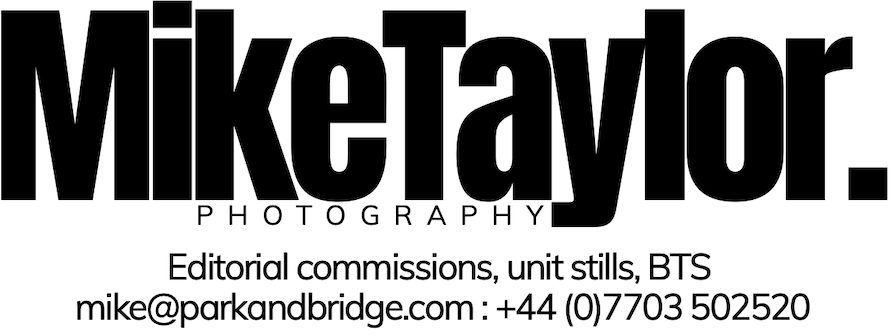Paolo Tich was born in 1924 in Fiume, an independent city in the Adriatic's Kvarner Gulf. That year, Fiume was annexed to Italy where it remained until the end of World War II. Fiume is now called Rijeka and is in Croatia.
Paolo was the third son of a Fiumano engineer and his Hungarian wife. His passion for photography has its roots in his early teenage years, when he tried to copy his elder brother Edmondo (who later became a professional photographer). However, it was when a school friend showed him the book Saper Vedere (The Art of Seeing Art) by the Italian art critic Matteo Marangoni that his eyes were fully opened to a world full of new possibilities.
But the war disrupted his plans to become an artist. When the war ended, Fiume became part of the newly-formed Yugoslavia. With the prospect of being called up to join the Yugoslav Army, Paolo escaped to Italy by hiding in a cross-border train. Then he hitched a lift from a British Army lorry driver, who took him from Trieste to Venice, where his art-loving school friend - now a priest - was living safely, thanks to the Italian Church.
In Venice, Paolo was a penniless, displaced person. But his friend came good once more, introducing him to a family with links to Fiume who helped Paolo find his feet.
He first studied architectural design at the Accademia di Belle Arti di Venezia. Then he enrolled at the Istituto Universitario di Architettura di Venezia, where he was taught by Carlo Scarpa, the famous Venetian designer, and the architect Bruno Zevi, who introduced Paolo to the works of Frank Lloyd Wright and Walter Gropius, the founder of Bauhaus.
Unable to qualify as an architect (because the wartime disruption had left gaps in his scientific education), Paolo's first job was as a freelance designer for Agip (Azienda Generale Italiana Petroli) in Padua. He then moved to Rome, taking a permanent position as engineer with the Compagnia Italiana di Petrolio. Realising that he could use his skills to earn more outside post-war Italy, he landed a job with Foster Wheeler in London in the 1950's. This is when his fascination for photographing the city began.
While he was captivated by everyday life in his newly adopted home, his particular focus was the Thames. He could see the changes that large container ships would soon bring, changes that were about to end London's thousand-year working life as one of the world's busiest ports.
After meeting his future wife, Margaret, the couple moved to Paris where they married, returning to London shortly before the birth of their first daughter, Rossana. They settled in Blackheath, South East London, soon after their second daughter, Paola, was born.
During his career as an engineer, Paolo worked on projects in Europe, America and the Middle East, travelling and working extensively in both Iraq and Iran. But his passion for his art remained and, in addition to his photography, he began to experiment with other media including etching, engraving, watercolour and freehand draughting.
Having retired, Paolo was busier than ever, dedicating his time to taking and exhibiting his photographs. He exhibited regularly at the Blackheath Art Society.
After a lifetime using film and chemicals, affordable computer technology put previously unimaginable power in the hand of this keen printmaker.
